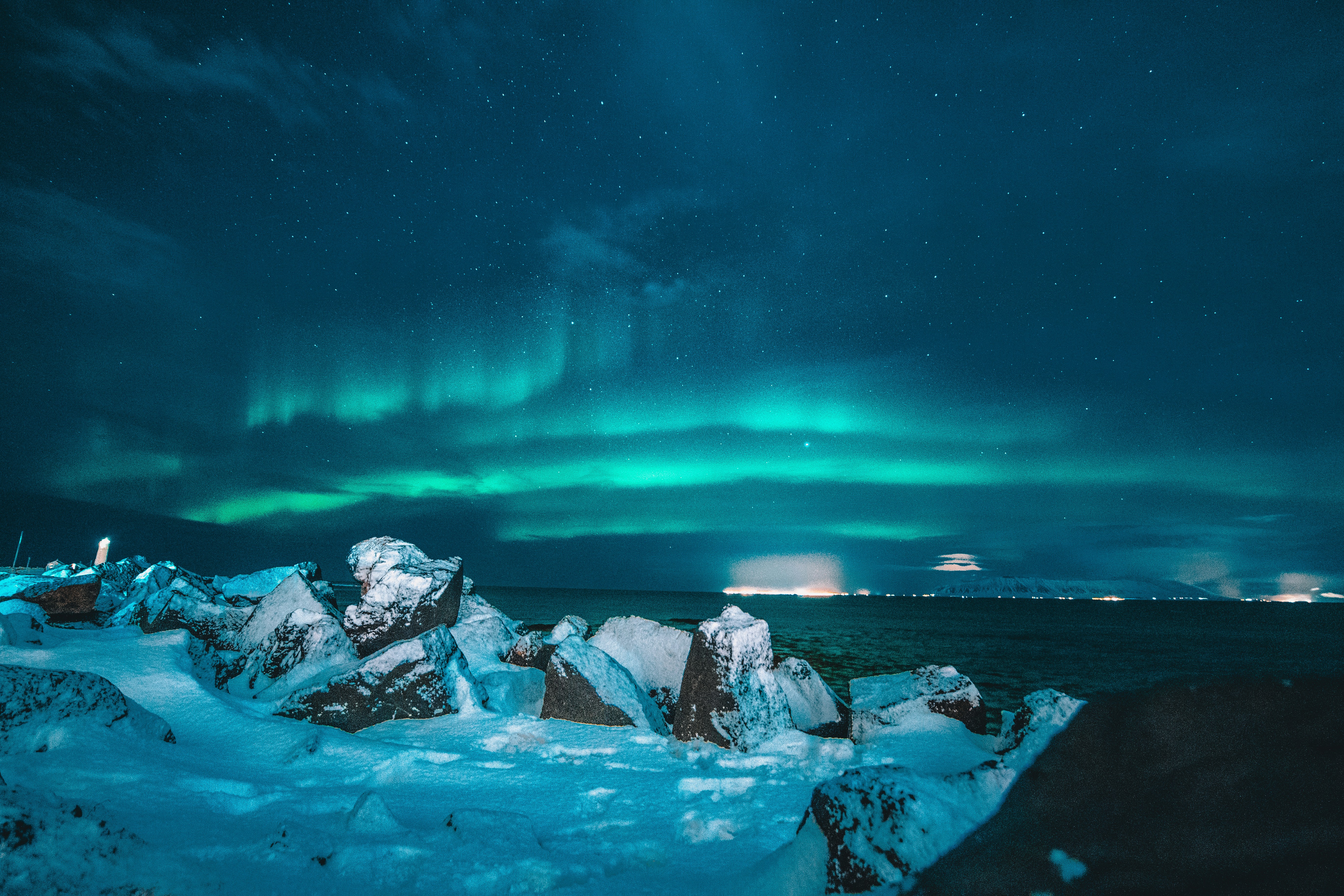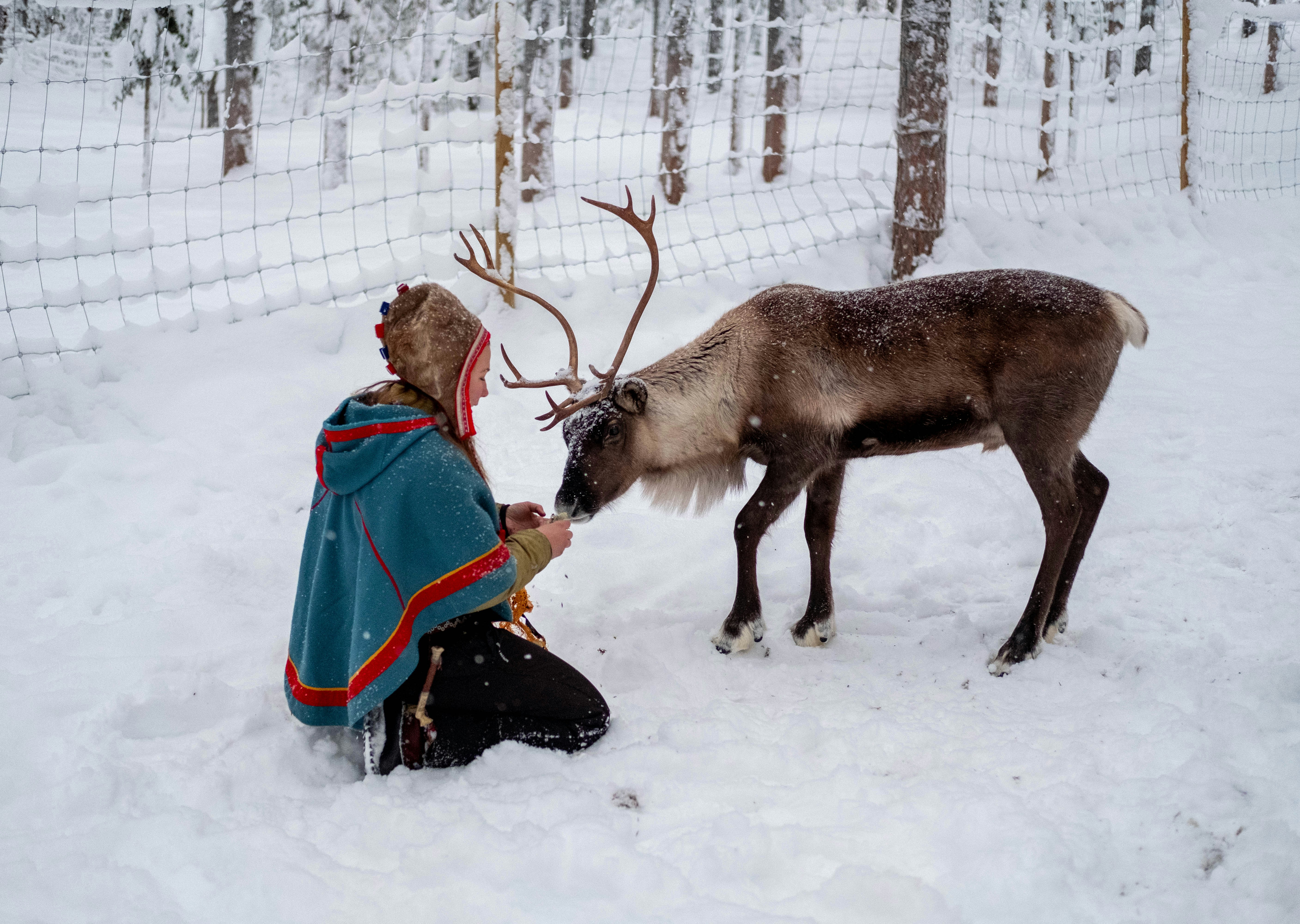What Time Can You See the Northern Lights Tonight: Real-Time Aurora Viewing Guide
Find out what time you can see the northern lights tonight with real-time aurora forecasts, optimal viewing windows, and hourly predictions for tonight's aurora activity.
What Time Can You See the Northern Lights Tonight: Real-Time Aurora Viewing Guide
Determining what time you can see the northern lights tonight requires understanding current space weather conditions, local darkness hours, and real-time aurora forecasts. This comprehensive guide provides the tools and knowledge needed to maximize your chances of witnessing the aurora borealis during tonight's viewing window.
Understanding Tonight's Aurora Forecast
Current Space Weather Conditions
Real-Time Solar Activity: The aurora forecast for tonight depends on current solar wind conditions and geomagnetic activity. Solar particles ejected from the sun 1-3 days ago are now reaching Earth's magnetosphere, creating tonight's aurora potential.
Key Forecast Indicators:
- KP Index: Geomagnetic activity level (0-9 scale)
- Solar Wind Speed: Particle velocity affecting aurora intensity
- Interplanetary Magnetic Field (IMF): Direction influencing Earth interaction
- Geomagnetic Conditions: Current magnetic field disturbances
Tonight's Activity Level:
- KP 0-2: Quiet conditions, aurora visible only at high latitudes
- KP 3-4: Minor activity, aurora visible in northern Scandinavia/Canada/Alaska
- KP 5-6: Moderate activity, aurora visible further south with good intensity
- KP 7-9: Strong to extreme activity, aurora visible at lower latitudes
Local Viewing Window Analysis
Astronomical Darkness Requirements: Northern lights become visible when the sun is at least 18 degrees below the horizon, creating astronomical darkness. The exact timing varies by location and season.
Tonight's Darkness Hours:
- Lyngen Peninsula (69°N): [Current date-specific timing would be calculated]
- Tromsø (69.6°N): Darkness from approximately 6:00 PM to 6:00 AM
- Yellowknife (62.4°N): Darkness from approximately 7:00 PM to 5:00 AM
- Fairbanks (64.8°N): Darkness from approximately 6:30 PM to 5:30 AM
Optimal Viewing Times Tonight:
- Early Evening (7:00-9:00 PM): Eyes adjust to darkness, initial aurora activity
- Prime Time (9:00 PM-1:00 AM): Peak aurora activity window
- Late Night (1:00-4:00 AM): Continued activity, fewer observers
- Pre-Dawn (4:00-6:00 AM): Final viewing opportunity before sunrise
Real-Time Aurora Monitoring Tools
Professional Forecasting Resources
Space Weather Prediction Center (NOAA):
- 30-Minute Forecast: Current aurora oval position and intensity
- 3-Day Forecast: Medium-range aurora activity predictions
- Real-Time Solar Wind: Live data from solar monitoring satellites
- Geomagnetic Activity: Current KP index and magnetic field conditions
Aurora Forecast Websites:
- Aurora-Service.eu: European aurora forecasting with local specificity
- Soft Serve News: Real-time aurora alerts and space weather updates
- Space Weather Live: Current conditions and short-term forecasting
- Aurora Watch UK: Automated alerts for aurora activity
Mobile Apps for Tonight's Forecast
My Aurora Forecast:
- Real-Time KP Index: Current geomagnetic activity levels
- Push Notifications: Alerts when aurora activity increases
- Location-Specific: Customized forecasts for your viewing location
- Cloud Cover: Weather integration for viewing condition assessment
Aurora Alerts:
- Immediate Notifications: Real-time alerts for sudden aurora increases
- Customizable Thresholds: Set alerts for your minimum viewing KP level
- Multiple Locations: Monitor aurora conditions across different regions
- Sharing Features: Alert friends and family about current activity
Northern Lights Photo Taker:
- Camera Settings: Optimal settings for tonight's aurora conditions
- Timer Features: Countdown alerts for optimal viewing times
- Location Services: GPS-based aurora visibility predictions
- Photo Tips: Real-time advice for capturing tonight's aurora
Hourly Aurora Prediction for Tonight
Evening Hours (6:00-9:00 PM)
6:00-7:00 PM:
- Darkness Level: Astronomical twilight beginning
- Aurora Visibility: Very faint aurora may become visible
- Eye Adaptation: Begin allowing 20-30 minutes for night vision
- Activity Expectation: Low probability, monitor for early activity
7:00-8:00 PM:
- Darkness Level: Full astronomical darkness achieved
- Aurora Visibility: Weak to moderate aurora becomes visible
- Optimal Preparation: Set up equipment, check weather conditions
- Activity Expectation: Increasing probability based on current KP index
8:00-9:00 PM:
- Peak Evening Window: Traditional aurora viewing time begins
- Visibility: Best chance for evening aurora appearance
- Social Factor: Most aurora tours and groups active during this time
- Weather Monitoring: Check for cloud development affecting visibility
Prime Viewing Hours (9:00 PM-1:00 AM)
9:00-10:00 PM:
- Statistical Peak: Highest probability window for aurora activity
- Intensity Potential: Strongest aurora displays often occur during this hour
- Photography Conditions: Optimal balance of darkness and viewing comfort
- Group Activities: Peak time for aurora tour departures
10:00-11:00 PM:
- Sustained Activity: Continued high probability for aurora visibility
- Development Phase: Aurora often builds in intensity during this period
- Comfort Considerations: Dress warmly for extended outdoor viewing
- Equipment Check: Ensure cameras and batteries functioning in cold
11:00 PM-12:00 AM:
- Midnight Activity: Often excellent aurora visibility continues
- Quiet Viewing: Fewer people, more peaceful observation experience
- Weather Stability: Check for changing cloud conditions
- Extended Viewing: Prepare for potentially long aurora displays
12:00-1:00 AM:
- Late Night Peak: Secondary peak period for aurora activity
- Intensity Variations: Aurora may show dramatic changes and movements
- Photographer's Hour: Excellent conditions for time-lapse and long exposures
- Persistence Required: Maintain vigilance for sudden activity increases
Late Night Hours (1:00-6:00 AM)
1:00-3:00 AM:
- Continued Potential: Aurora activity often persists through early morning
- Reduced Observers: Fewer people viewing, more isolated experience
- Temperature Considerations: Coldest part of night, warmth essential
- Dedication Reward: Persistent viewers often see best displays
3:00-6:00 AM:
- Pre-Dawn Activity: Aurora can remain active until sunrise
- Final Opportunity: Last chance for tonight's aurora viewing
- Sunrise Competition: Increasing sky brightness reduces visibility
- End of Session: Gradual transition to daylight conditions
Factors Affecting Tonight's Viewing Success
Weather Conditions
Cloud Cover Assessment:
- Clear Skies (0-10% cloud): Excellent viewing conditions guaranteed
- Partly Cloudy (10-50% cloud): Good conditions with intermittent viewing
- Mostly Cloudy (50-90% cloud): Limited viewing through cloud breaks
- Overcast (90-100% cloud): Very poor conditions, unlikely viewing success
Real-Time Weather Monitoring:
- Satellite Imagery: Current cloud movement and development
- Local Weather Stations: Temperature, humidity, and precipitation data
- Weather Radar: Precipitation and storm system tracking
- Wind Conditions: Clear sky probability and viewing comfort
Light Pollution Impact
Urban vs. Rural Viewing:
- City Centers: Aurora visible only during strong activity (KP 6+)
- Suburban Areas: Moderate aurora visible with some light interference
- Rural Locations: Weak aurora becomes visible, better detail and color
- Wilderness Areas: Maximum aurora visibility and photographic quality
Artificial Light Management:
- Turn Off Lights: Eliminate unnecessary outdoor lighting
- Shield Eyes: Use red flashlights to preserve night vision
- Distance from Sources: Move away from streetlights and buildings
- Height Advantage: Seek elevated locations above local light pollution
Maximizing Tonight's Aurora Experience
Pre-Viewing Preparation
Essential Equipment Check:
- Warm Clothing: Layer system for extended cold weather exposure
- Camera Gear: Batteries, memory cards, tripod for aurora photography
- Red Flashlight: Preserve night vision while maintaining mobility
- Comfortable Seating: Chairs or blankets for extended viewing periods
- Hot Beverages: Thermos with warm drinks for comfort and warmth
Location Scouting:
- Dark Sky Access: Identify nearby locations with minimal light pollution
- Northern Horizon: Ensure unobstructed view of northern sky
- Safety Considerations: Choose safe, accessible locations for night viewing
- Weather Shelter: Identify nearby buildings or vehicles for warmth
- Photography Setup: Plan compositions and foreground elements
Real-Time Optimization Strategies
Dynamic Location Changes:
- Cloud Dodging: Move to areas with clearer skies based on satellite data
- Activity Following: Travel toward regions showing stronger aurora activity
- Elevation Seeking: Higher locations often have better viewing conditions
- Multiple Attempts: Don't give up after initial viewing attempts
Viewing Technique Enhancement:
- Eye Adaptation: Allow 20-30 minutes for full night vision development
- Peripheral Vision: Use indirect viewing to detect faint aurora activity
- Patient Observation: Aurora activity can change rapidly, maintain vigilance
- Movement Detection: Watch for subtle changes in sky brightness and color
Tonight's Aurora Photography Tips
Camera Settings for Current Conditions
Based on Tonight's KP Index:
- Low Activity (KP 0-3): ISO 3200-6400, f/1.4-2.8, 15-25 second exposures
- Moderate Activity (KP 4-6): ISO 1600-3200, f/2.8, 8-15 second exposures
- High Activity (KP 7+): ISO 800-1600, f/2.8-4.0, 5-10 second exposures
Real-Time Adjustments:
- Monitor Histogram: Avoid overexposure while capturing aurora detail
- Test Shots: Take practice images to verify settings and composition
- Focus Check: Ensure sharp focus on stars for crisp aurora images
- Battery Management: Keep spare batteries warm for extended shooting
Composition for Tonight's Conditions
Foreground Elements:
- Local Landscape: Include recognizable local features for context
- Leading Lines: Use roads, shorelines, or ridges to guide viewer attention
- Scale References: Include trees, buildings, or people for size perspective
- Cultural Elements: Traditional structures or regional characteristics
Emergency Planning and Safety
Weather Safety Tonight
Temperature Preparedness:
- Current Temperature: [Real-time temperature for location]
- Wind Chill Factor: Consider apparent temperature with wind effects
- Extreme Cold Protocol: Recognize hypothermia and frostbite symptoms
- Emergency Warmth: Vehicle or building access for warming breaks
Communication and Safety:
- Mobile Coverage: Verify cell phone reception at viewing locations
- Emergency Contacts: Inform others of viewing plans and expected return
- Transportation Safety: Winter driving conditions and vehicle preparation
- Group Safety: Never view aurora alone in remote locations
The key to successful aurora viewing tonight lies in combining real-time space weather data with local conditions and proper preparation. Monitor current aurora forecasts throughout the evening, remain flexible with timing and location, and dress appropriately for extended cold weather viewing.
Check tonight's aurora forecast and join us at Lyngen Seaside, where real-time space weather monitoring and expert local knowledge help maximize your chances of witnessing spectacular northern lights displays in optimal viewing conditions.

